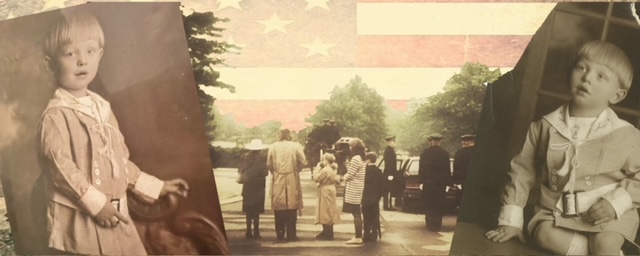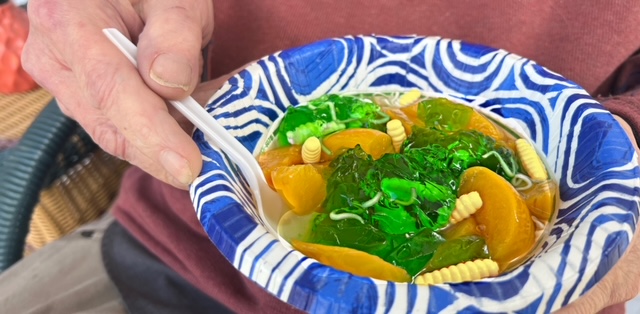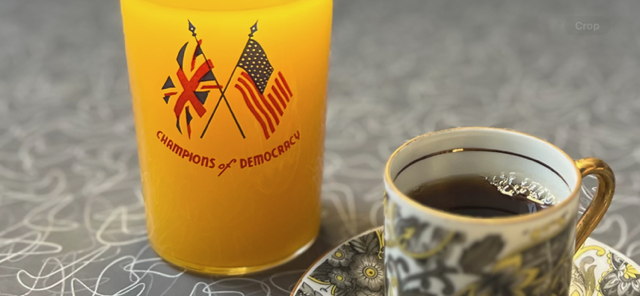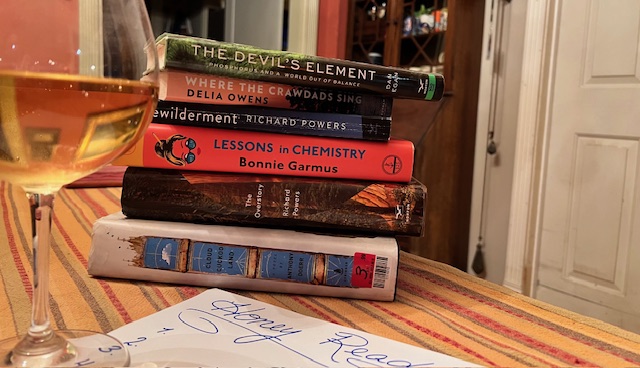I had been in Los Angeles for less than a week. An old friend from New York had moved his music publishing business to the Coast and a brief telephone conversation was all it took to arrange a lunch. We were to meet at an Irish-themed restaurant in Westwood, a mostly commercial neighborhood abutting the campus of UCLA.
I took the 405 freeway out of the San Fernando Valley, an area ridiculed by those who lived in such exotic places as Bel Air, Beverly Hills or Santa Monica. West Los Angles had yet to earn bragging rights that go with a designated area. I exited the 405 at Sunset Boulevard and traversed the winding thoroughfare to the UCLA campus. I found the restaurant and spent the next 30 minutes circling the area for a parking spot.
“So Jay,” I ventured when he finally got seated. “Do you believe in circling or waiting for a parking space?”
“Neither,” he said. “I have a driver.”
He would not be the only person I came to know in L.A. who had a driver. But that’s beside the point, although a woman I worked for had a limousine with a sunroof which, I understand, is akin to lowering an off-road vehicle. Anyway, it turns out Jay had had a driver in New York as well.
Who knew?
Looking around the room I could see that the necktie I had chosen to wear—a club tie with my alma mater’s colors—displayed the awkward fact that I was overdressed for what was purportedly a business lunch. Apparently, gold chains had replaced the necktie. A friend of Jay’s who happened to be the business manager of some rock ‘n’ roll band soon joined us. I had heard of the band, whose members Jay’s friend called “my animals.” I didn’t much care for the band. I also didn’t know anything about them that would merit the name “animal.” I wasn’t, however, going to argue with Mr. Manager.
We had barely begun reading the menu when a man stopped tableside to speak with Jay and Mr. Manager. I stood up and shook the man’s hand. He had a firm handshake, and he was introduced as Jerry West.
I sat down. Jerry West walked across the room to join a couple of other men.
“Who’s Jerry West?” I half-whispered to Jay.
“You really don’t know?” Jay asked, his sneer similar to what I might expect if I failed to recognize Richard Nixon.
“No,” I answered. “Should I?”
“He’s one of the greatest basketball players who ever lived,” Jay said.
“He’s an animal, man,” Mr. Manager said. “An absolute animal.”
It was at that point that I recognized that being called an animal by Mr. Manager was a good thing. It had nothing to do with poor table manners, inappropriate language, or sinking automobiles into motel pools.
“I don’t follow basketball,” I said, sheepishly. But I had an excuse. “I grew up with Danny Issel and for four years it was as if Danny held our town hostage. Nobody else was credited with doing anything as important as sinking rubber balls through a net—not even the kid who was translating Shakespeare’s 154 sonnets into Sanskrit.”
My lunch partners failed to laugh at my joke. I thought they’d be just a tad impressed with my knowing how many sonnets the Bard wrote. The waiter arrived to take our drink order. I was thinking gin-and-tonic. They each ordered a Perrier. I followed suit.
We ordered our lunch and when the waiter disappeared, we toasted each other with our Perriers. After a couple of sips of the clear liquid bubbling away in a frosted glass, I ventured an observation.
“This is like water, huh?”
That, at least, got a laugh.
Jerry West died this past week at 86, and the eulogies came gushing out—as well they should. Obviously, his performances on the nation’s basketball courts were recounted. So too were the kindnesses he’d shown to his fellow players, coaches and managers. He apparently tolerated children.
Danny Issel was 6-foot, 9-inches when he left Batavia, Illinois, for the University of Kentucky. I learned a lot about basketball from him. The most important lesson that I learned was that I should abandon the sport because I had less-than-no talent for the game. This, despite the fact that I was 6-foot, 3-inches tall when Uncle Sam briefly considered me for the B-Team in Vietnam.
Jerry West was 6-foot, 3-inches when he dominated play in the NBA. Had I some kind of innate ability to get the ball into the basket just wasn’t to be, despite my being as tall as he was.
I have always pledged my support for Chicago teams, except for the White Sox. Go Cubs. Pro basketball didn’t come to Chicago until I was living in Cleveland. Naturally, I became a Cavaliers fan. I never went to a game, and I don’t remember watching them on television or hearing them on the radio. After all, Cleveland couldn’t afford to have Chick Hearn call their action. I listened to Hearn call Lakers games without regard to the sport; Hearn was a pure professional.
For three years I had access for tickets to sit in the Senate seats (cocktail service, cigars welcome) at the Great Western Forum. Once, I had settled into my seat and lit a cigar that would last at least 60 minutes. Jerry West could be seen sitting on the Lakers bench. Jay and Mr. Manager were two rows behind me.
We could have called it a reunion. We should have raised our glasses to Jerry West with a Perrier.
We can all do that in his memory. Cheers.
Montage by Courtney A. Liska
al fredo
When we lived in California one of our favorites places to eat was Rosati’s in Calabasas. It was a typical red-sauce pasta and pizza joint: brightly lit, vinyl, red-checkered tablecloths, paper napkins. They also had a few pastas and salads. I would always order the fettuccine all’Alfredo, which was made tableside. It was the best. Papa Rosati would shuffle out to the table and work his magic. I repeatedly asked him for the recipe, which he finally gave me (sort of) when I told him we were moving to Montana.
1 cup heavy whipping cream
2 Tbs. unsalted butter
2 egg yolks, well beaten
2/3 cup freshly grated parmigiano-reggiano cheese
salt
black pepper
whole nutmeg
Golden Cream Sherry (this was the Rosati secret)
1-1/2 lbs. fettuccine, cooked al dente and drained
In a skillet large enough to hold all of the pasta, put in about 2/3 of the cream, all of the butter and the egg yolks. Turn heat to medium, whisking until smooth and thickened. Add a pinch of salt, some pepper and a tablespoon or so of the sherry. Whisk to incorporate.
Add the pasta and cheese to the skillet and, using tongs, gently mix. Serve with pepper and extra cheese for sprinkling.







